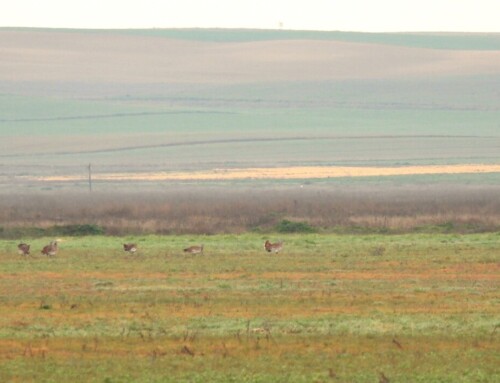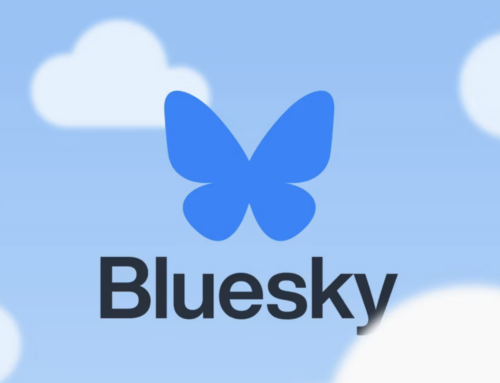So you’re on Twitter, Facebook, Pinterest. You know all there is to know about social media. And looking for stuff on the web is just a Google search. Right?
Its very easy to think that once you’ve arrived and found your feet on any social media platform, all you have to do is keep tweeting and posting and that’s that. But what is it all about? What are you actually achieving? What do you want to achieve? Can you do anything to help you and your work get noticed more?
Getting yourself noticed
The human brain is predisposed to certain things. One of these is imagery, and in particular faces. It’s no great revelation that we easily recognise familiar faces and familiar brands. Some companies and individuals go to great lengths to ensure they have the right image, logo or face to front their brand and products, including on social media. Believe it or not the same applies to ‘your’ social media avatar.
Take a look at any of your social media accounts and look down the avatars of followers, friends, etc and you’ll be surprised at just how many you recognise without looking at the name below. This is branding on the subconscious level.
The best avatars are human faces and simple image, logo-style icons. When it comes to individuals it’s all about the face, and some individuals heading up their own companies choose to use their own face rather than their company logo to deliver a more personal feel and to tell the world ‘this is me speaking’.
For more information and tips on developing a good avatar check out this HIVELOGIC blog – Why your avatar matters.
Also, think carefully about what you want to say. If you’re using the same account for your friends and work, ask if you think all the content is relevant. You might want to have different accounts to keep your work separate to your life, or use one platform (e.g. Twitter) for work and another platform (e.g. Facebook) for play.
There are also loads of articles out there on ‘what not to say’ like this Guardian article earlier this year.
Getting your work noticed
More and more of us are using social media and other online platforms for work. But can you get your work noticed beyond the odd tweet or post to followers, colleagues, peers and friends. In a word, yes.
Write a blog
Oh no! That’s so last year. But it’s not!
Blogs help to deliver content on which you can piggy-back both your social media presence and work. They can deliver more digestible, bite-size chunks on specific aspects of your work, or allow you to expand on key issues in a paper you have published – whatever you want! You can build in to these blog pieces links to your work online, published papers, social media content, online profile, etc. They are a great way to build more around your work and link it to all your other online stuff.
The cherry on the cake though is that search engines love blogs! Being seen by individual readers is one thing, but being picked up by search engines is another – and they deliver new readers to you.
It really is a no brainer – blogs deliver on all levels. If you don’t have your own site to blog on then there are lots of society and journal blogs always searching for good articles, including the the BOU blog (for ornithology items and Ibis journal articles) and the RSPB (several blogs for wildlife and conservation articles).
Wikipedia
Wikipedia has over 495 million users generating over 20 billion page requests per month with over 79,000 users registered as content editors (Wikimedia Highlights April 2014). That compares with Google (the undisputed number one online search engine) with c.12 billion monthly searches from 1.1 billion users (Smith 2014).
Ornithologists have been urged to make better use of Wikipedia (Bond 2011) since Wikipedia is the top non-search engine search facility on the web, and because of its encyclopedic nature and layout, the content is more focused and it’s easier to find exactly what you want quickly than on a search engine.
Wikipedia is, despite what you might have heard, very reliable. In 2005 Nature found it as reliable as the Encyclopedia Brittanica (Wolchover 2014) and in 2013 the Journal of Clinical Oncology found it equally reliable as Physician Data Query – a professionally edited database maintained by the National Cancer Institute (Wolchover 2014).
Wikipedia is the largest citizen science project on the planet and a great example of a community working together. Anyone can add content to Wikipedia, all you have to do is register for free. You can then add and edit content yourself by searching for items relating to your work and links and references to your work and papers.
Simple! And, another no brainer.
Do your own research
There are loads of blogs and articles online offering advice and tips on improving your social media presence and to help you get more out of social media and online research. Find articles relevant to your needs and try their advice and tips out. Here are some examples of the sort of useful articles you can find online if you look:
How to promote your work using ‘off-page’ SEO (Search Engine Optimization)
How to judge the news value of your paper
Using video abstracts to promote readership
Using Google Scholar effectively for research
References
Bond, A. L. 2011. Why ornithologists should embrace and contribute to Wikipedia. Ibis 153: 640-641 View
HIVELOGIC. 2009. Why your avatar matters. View
Smith, C. 2014. 40 amazing Google search statistic and facts. Digital Marketing Ramblings. View
WikiMedia Highlights April 2014. Wikimedia Blog. View
Wolchover, N. 2011. How Accurate Is Wikipedia? Live Science. View





